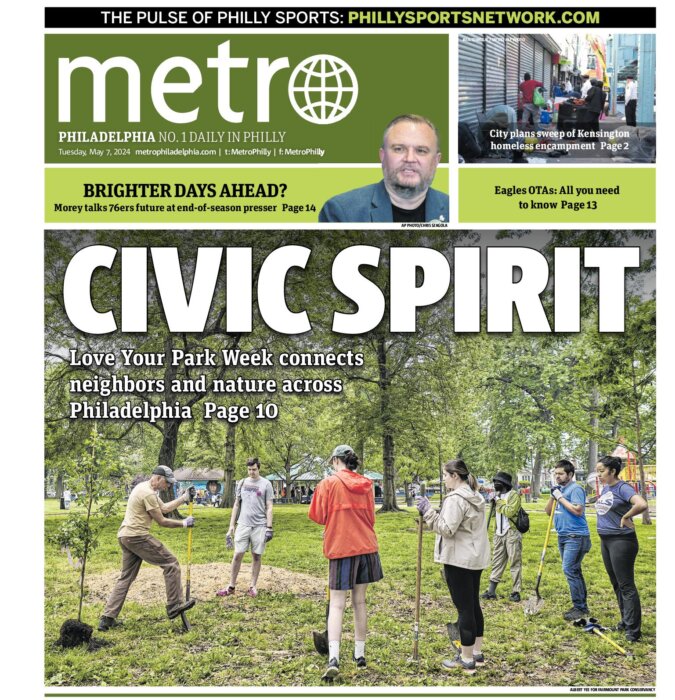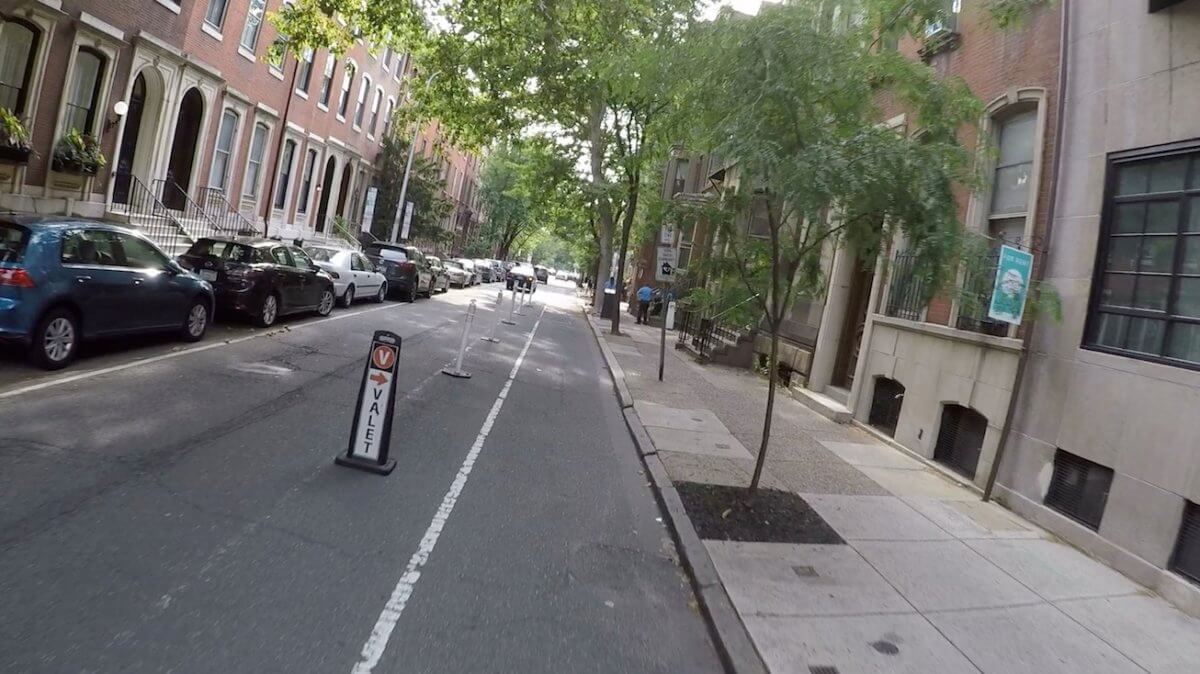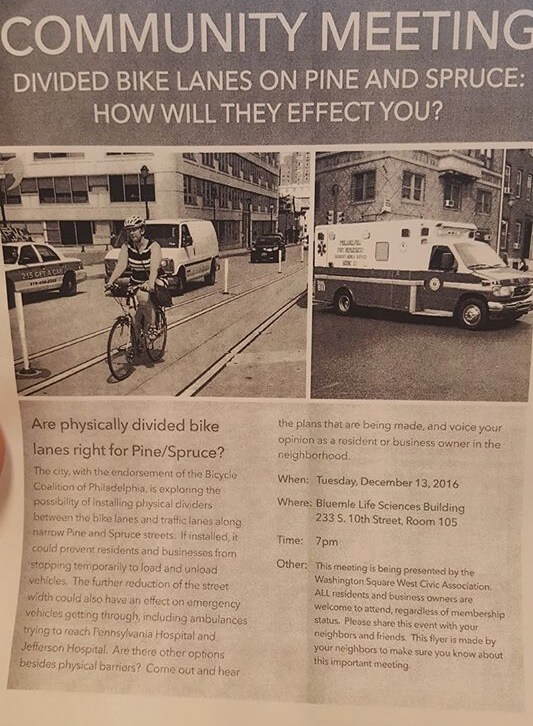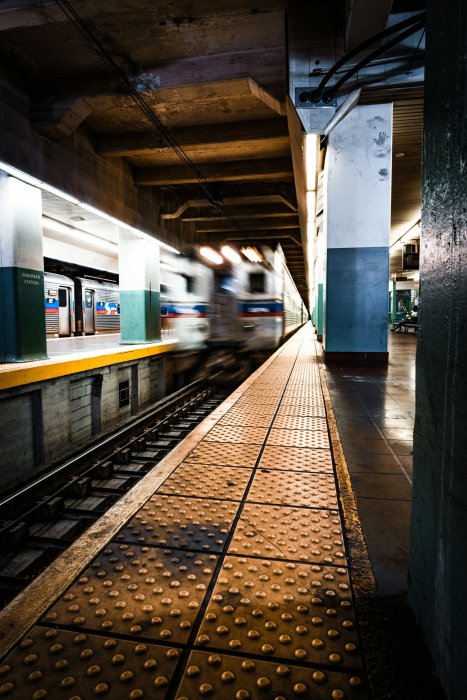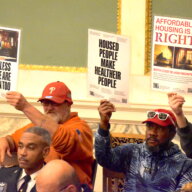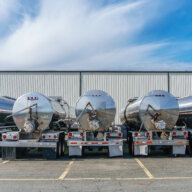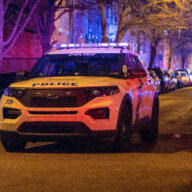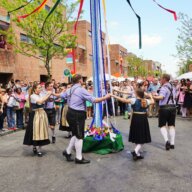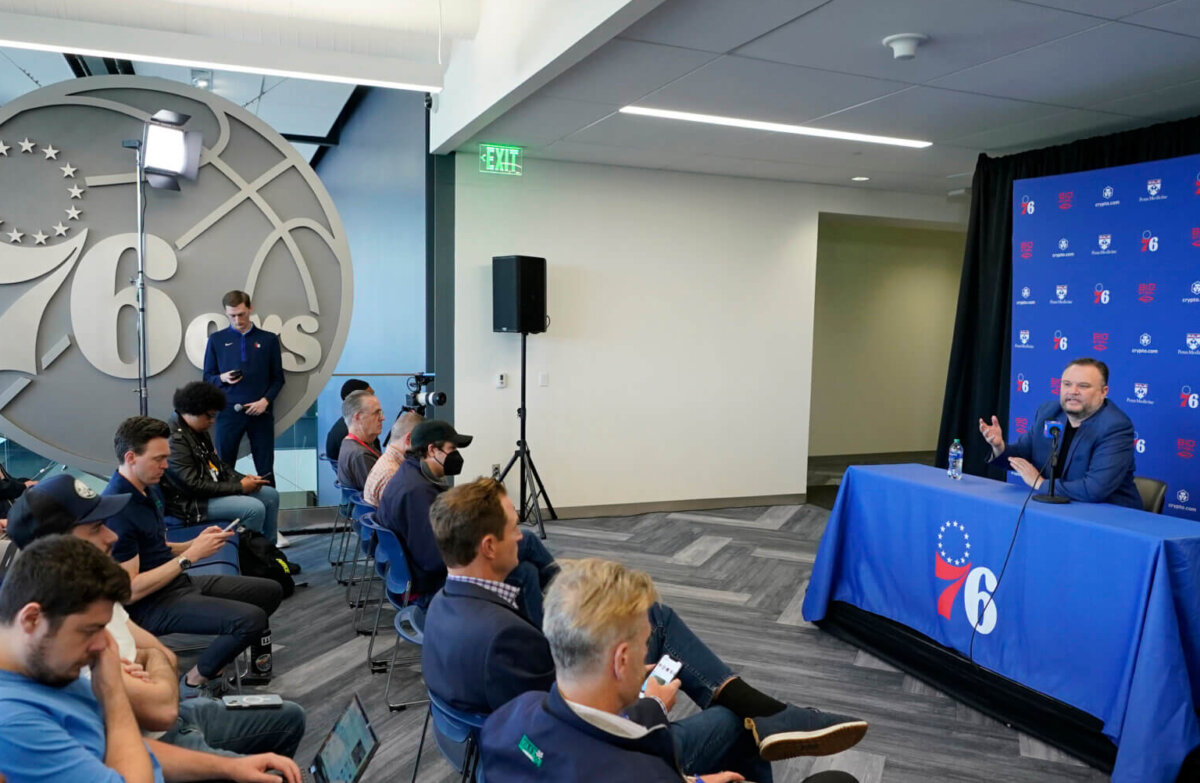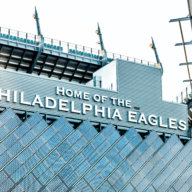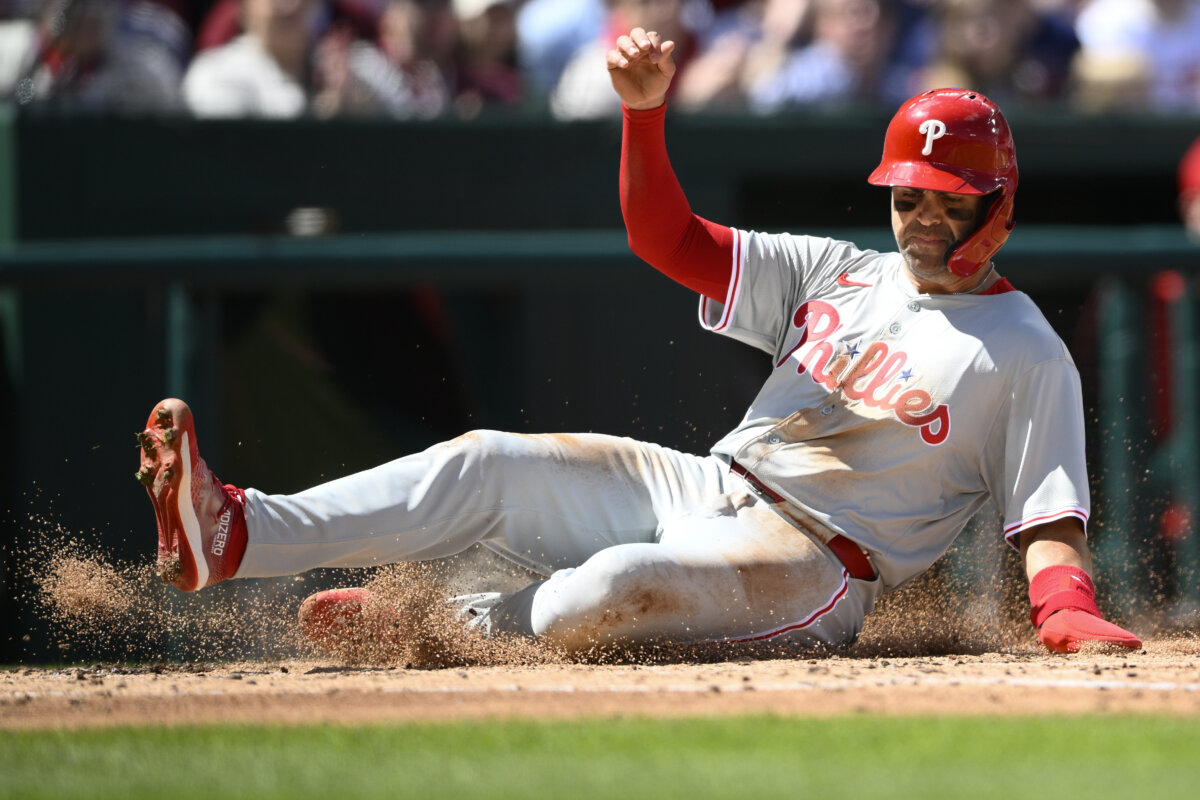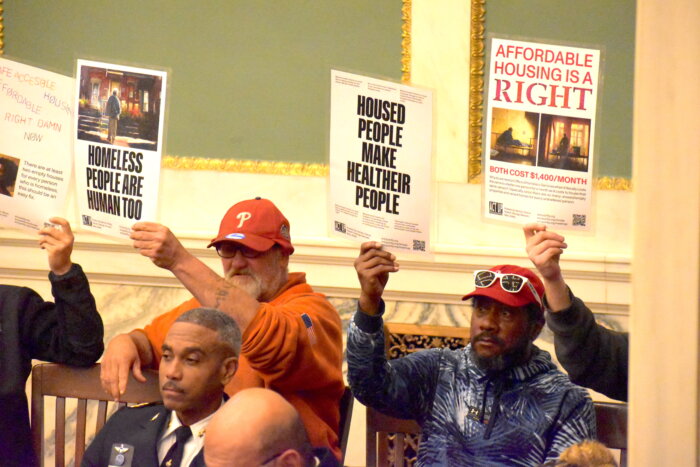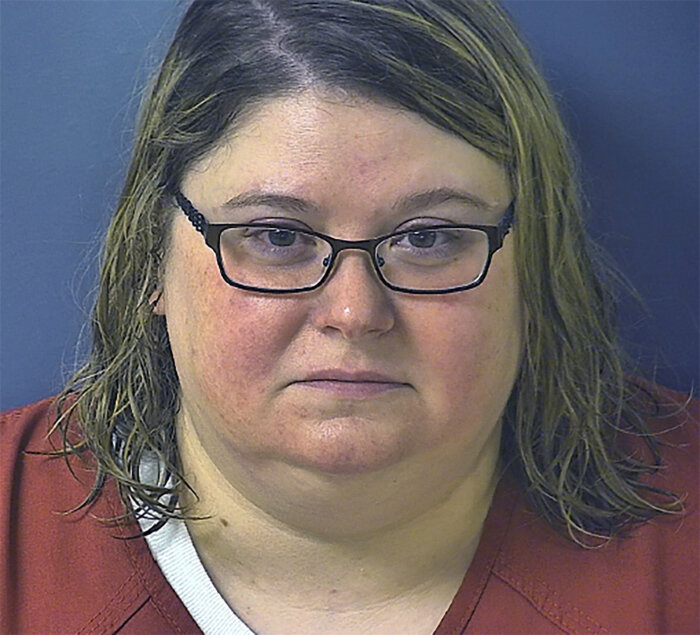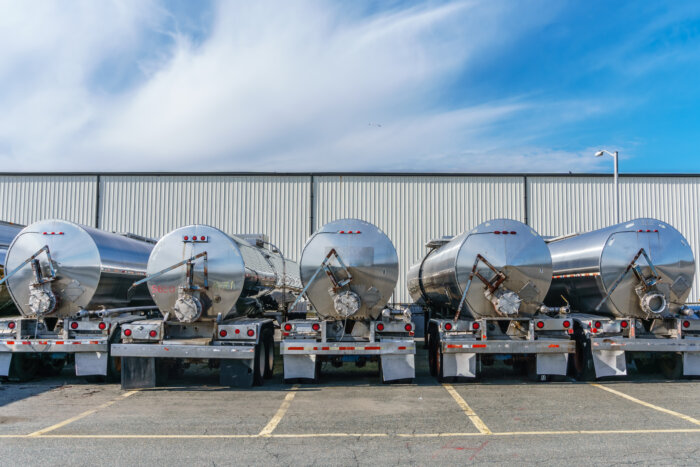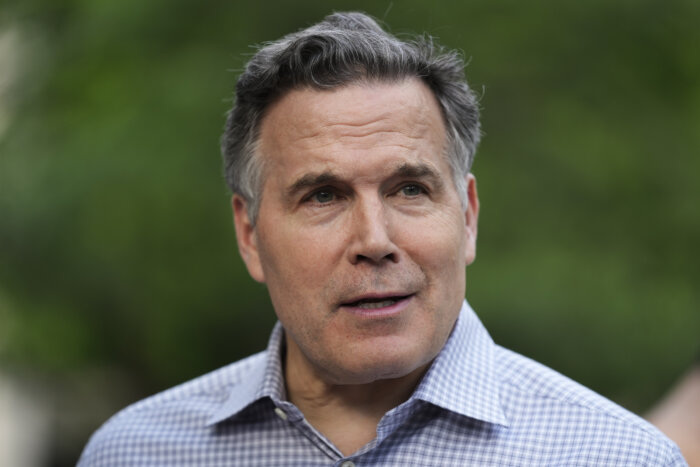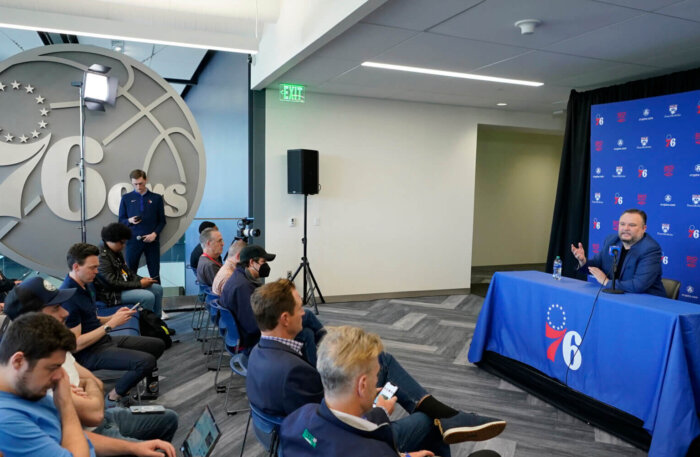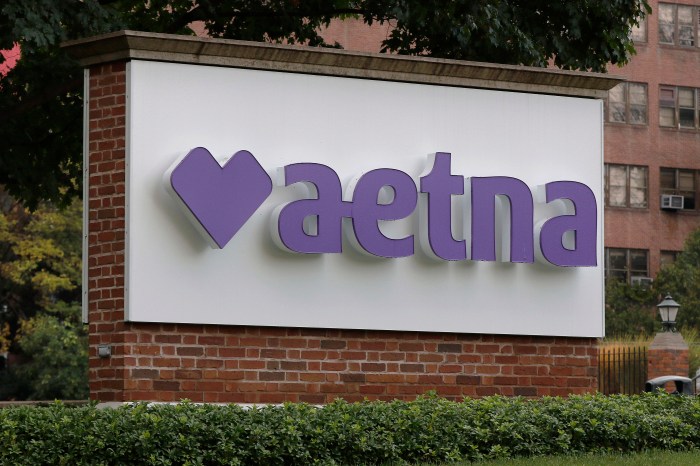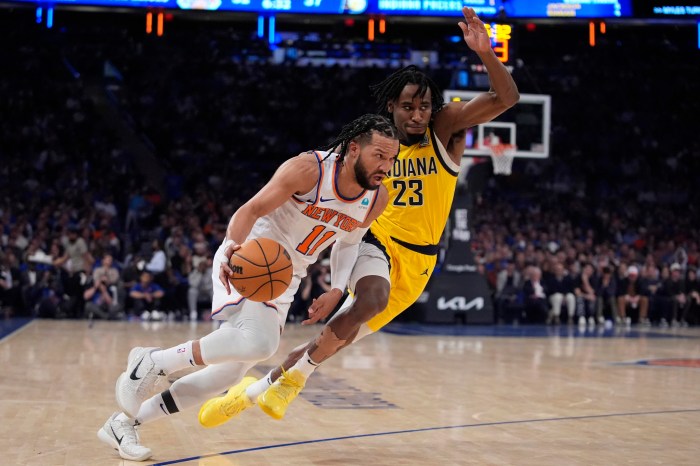Talk to any person who rides a bicycle in Center City, Philadelphia, and you’re bound to get a common complaint: the buffered bike lanes on Spruce and Pine streets have deteriorated. Badly.
Once hailed as Philadelphia’s premier bikeway, a vital spine connecting the Delaware River to the South Street Bridge and West Philadelphia, it’s become fairly impossible to travel a mere two blocks without avoiding an obstacle.
“It feels like the use of bike lanes as bike lanes is secondary to people who want to use it for deliveries, picking people up, dropping people off, parking for church, work truck parking, getting their mail and delivering the mail,” says Philly cyclist Amy Cherowitz.
More than half of those streets’ bike lane paint has been deemed faded or nonexistent by the Bicycle Coalition of Greater Philadelphia’s new #FadedPHL map.
“Spruce and Pine bike lanes are vital pieces of east/west infrastructure in the city for families bicycling to get to school, work and other destinations,” adds Dena Driscoll, a South Philadelphia resident who, like many Philadelphia residents, uses a bicycle to get her children to and from school. “However, the state of the bike lanes, including missing paint, sparse signage and lack of protection, make them an everyday challenge that is dangerous for families biking.”
There’s an easy way to end all of this and make the streets safer: add some kind of physical protection between the bike and motor vehicle lanes and keep the cars out. That’s what has been happening in other cities all over the country. But for a series of illogical reasons, neighborhood residents have been able to stop it from happening.
First some quick history: Philadelphia received funding for a physically protected bike lane network last year. Conversations then began, with a particular eye on Spruce and Pine streets since they are the most heavily bike trafficked and the most double-parked. Seemed like a no-brainer.
But before many of those conversations could even begin, and before official information was released, neighborhood groups met to officially condemn protected bike lanes by a vote. Rumors flew around the internet claiming the bike lanes would be installed in secret, and flyers were put up around the neighborhood claiming protected bike lanes would actually block emergency vehicles from moving on the street.
Which brings me to the main point: We now know that’s not the case, and residents clearly don’t actually think separating the bike and motor vehicle lanes will create blockage.
Because unbeknownst to the city government or to the Center City Residents Association, which represents the area, some locals actually conducted an inadvertent experiment on the 2100 block of Spruce Street on Thursday, June 22.
Someone put portable bollards in the buffer between the bike lane and motor vehicle lane during rush hour (when the most people use the lane) to illegally turn the bike lane into a valet parking lane for a party. Turns out, emergency vehicles were not choked during that time. But once cars began illegally parking in the bike lane without consequence, many cyclists were. And the outrage over the incident came from cyclists only.
“Philly, where we can’t put up bollards to protect thousands of cyclists but can put them up to run valet parking in the bike lane,” David Howland, on Twitter, noted when posting a picture of the temporary valet parking lane. “I can’t say it surprises me. … If you think not having to walk to get mail is a reason to endanger thousands, you definitely would setup valet parking in a travel lane.”
Added Cherowitz: “It is inconsiderate, selfish and dangerous. And considering these are the same people fighting against protected bike lanes under the guise of a concern about aesthetics and safety, it is outright insulting.”
Cyclists all seem to agree: Parking your car for free without repercussions is not worth more than the safety of more vulnerable road users.
But hey, at least now we know putting bollards in between the motor vehicle and bike lane won’t obstruct emergency vehicles. And that no one actually thinks that.
